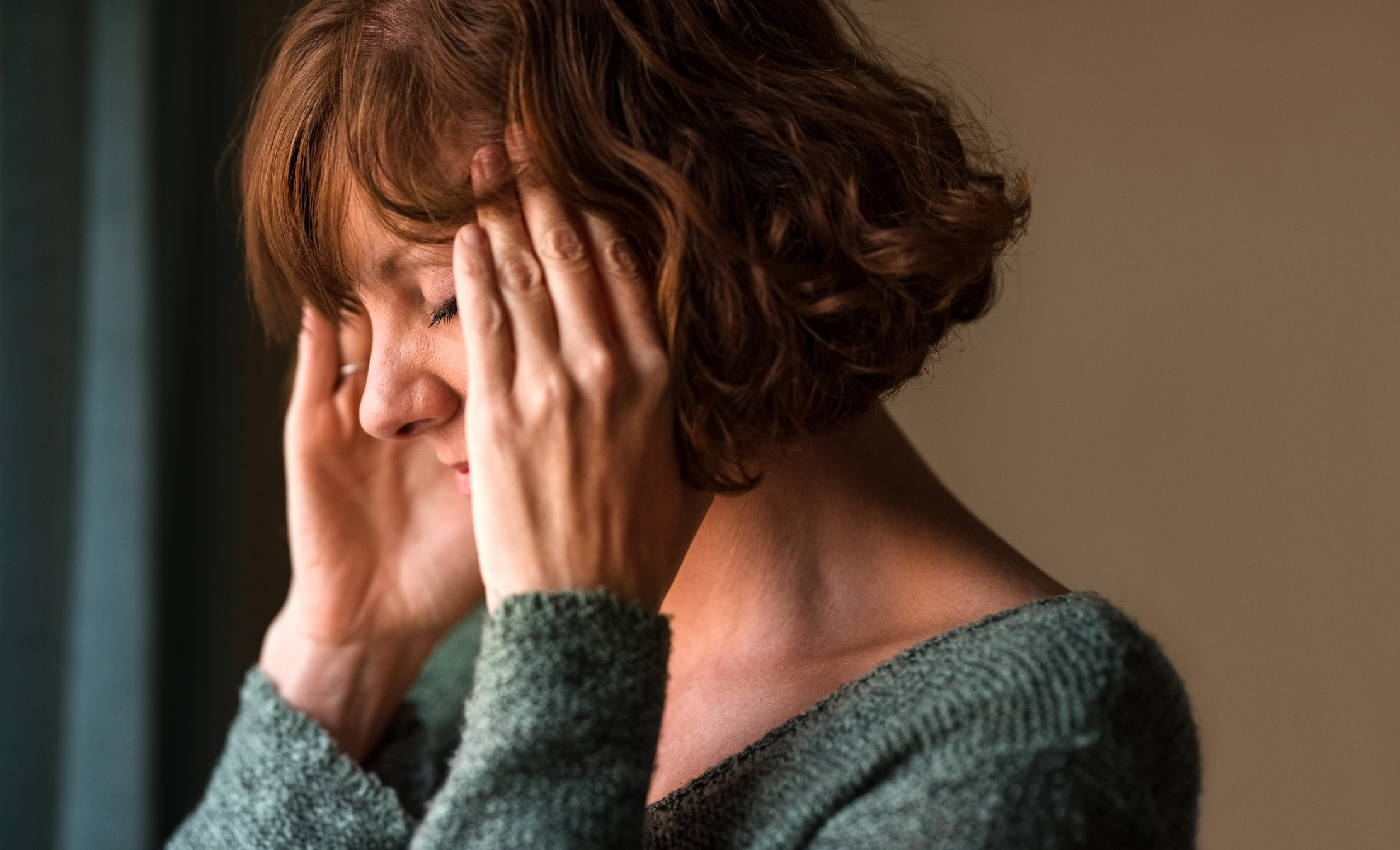Get Easy Health Digest™ in your inbox and don’t miss a thing when you subscribe today. Plus, get the free bonus report, Mother Nature’s Tips, Tricks and Remedies for Cholesterol, Blood Pressure & Blood Sugar as my way of saying welcome to the community!
When your headaches happen at the same time of day

There’s not much that’s more frustrating than a headache.
You’re going about your day and then the pain starts. Within minutes, you can go from happy and productive to out for the count.
While most of us think of migraine when it comes to debilitating headaches (they’re so common that 30 percent of us will suffer from one this year), migraine isn’t the only type of headache that can ruin your day.
In fact, cluster headaches, which occur in groups and have been linked to low oxygen levels, can affect both men and women and come on in waves.
Now, there’s evidence that both of these severe headache disorders could be linked to the body’s biological clock.
Do your headaches happen at the same time every day?
For many people who live with migraine and cluster headaches, it seems that their pain hits at approximately the same time of day, no matter what other headache triggers they’re exposed to.
It’s a fact that led researchers at the University of Texas Health Science Center in Houston to wonder whether there might be a connection between headaches and circadian rhythm — the body’s internal system that tells us when it’s time to sleep and when to wake.
To test their theory, the researchers combed through all available studies on cluster headaches and migraine that included circadian features.
They looked at the timing of headaches during the day and during the year. And they delved through data on whether genes associated with the circadian clock are more common in people with these headaches.
They even took a deep dive into studies that linked cluster headaches and migraine to hormones related to the circadian system, like the stress hormone, cortisol, and the sleep hormone, melatonin.
Here’s what they discovered by headache type…
A definite circadian connection
When it came to cluster headaches and the circadian rhythm, the research revealed:
- 71 percent of cluster headache sufferers had headaches at approximately the same time, showing an undeniable link to sleep rhythms.
- Most cluster headaches occur either late at night or in the early hours of the morning.
- Cluster headaches are more likely to occur in the spring and fall.
- Cluster headache was associated with two main circadian genes.
- Five genes that increase the likelihood of having cluster headaches are genes with a circadian pattern of expression.
Additionally, the researchers found that people who live with cluster headaches have significantly higher cortisol levels and lower melatonin levels than people without cluster headaches.
When it came to migraines and circadian rhythm, the connection was similar:
- 50 percent of migraine sufferers showed a circadian pattern of attacks.
- Migraines are more likely to occur from late morning until early evening and less likely to happen overnight.
- Migraine was associated with two core circadian genes, and 110 of the 168 genes associated with migraine were genes with a circadian pattern of expression.
Like people with cluster headaches, people with migraine had lower levels of melatonin in their urine than people without migraine. And, melatonin levels were quite a bit lower during a migraine attack.
Harmonize your clock to reduce headaches
According to the researchers, “The data suggest that both of these headache disorders are highly circadian at multiple levels, especially cluster headache,” said study author Mark Joseph Burish, MD, PhD.
“This reinforces the importance of the hypothalamus — the area of the brain that houses the primary biological clock — and its role in cluster headaches and migraine. It also raises the question of the genetics of triggers such as sleep changes that are known triggers for migraine and are cues for the body’s circadian rhythm.”
This means that for those of us who suffer from migraines or cluster headaches, harmonizing our body clocks to ensure a healthy circadian rhythm is vital.
Because melatonin levels may be low, as the research indicates, supplementing the sleep hormone may improve circadian rhythm, especially if it’s disrupted by sleep problems. But that’s not all…
Supplementing melatonin has been associated with greater than a 50 percent reduction in migraine frequency in a head-to-head study against Amitriptyline.
Never take more than is directed. If melatonin doesn’t help you sleep, consider your vitamin D levels. The two have a synergistic relationship and if your vitamin D blood levels are low, melatonin won’t work as well for you.
Editor’s note: Did you know that when you take your body from acid to alkaline you can boost your energy, lose weight, soothe digestion, avoid illness and achieve wellness? Click here to discover The Alkaline Secret to Ultimate Vitality and revive your life today!
Sources:
Cluster Headaches – Johns Hopkins
Headache Disorders – World Health Organization
Do your headaches happen at the same time of day? – ScienceDaily














